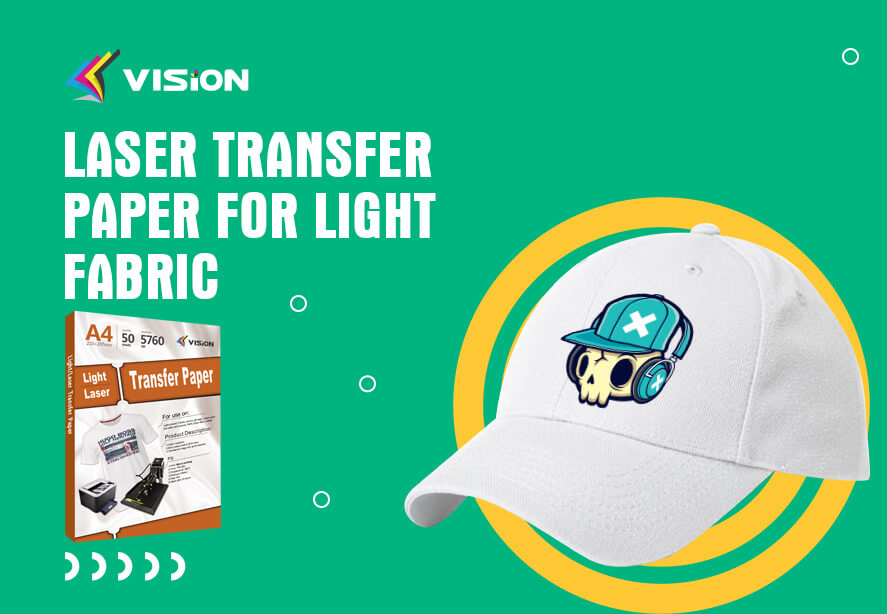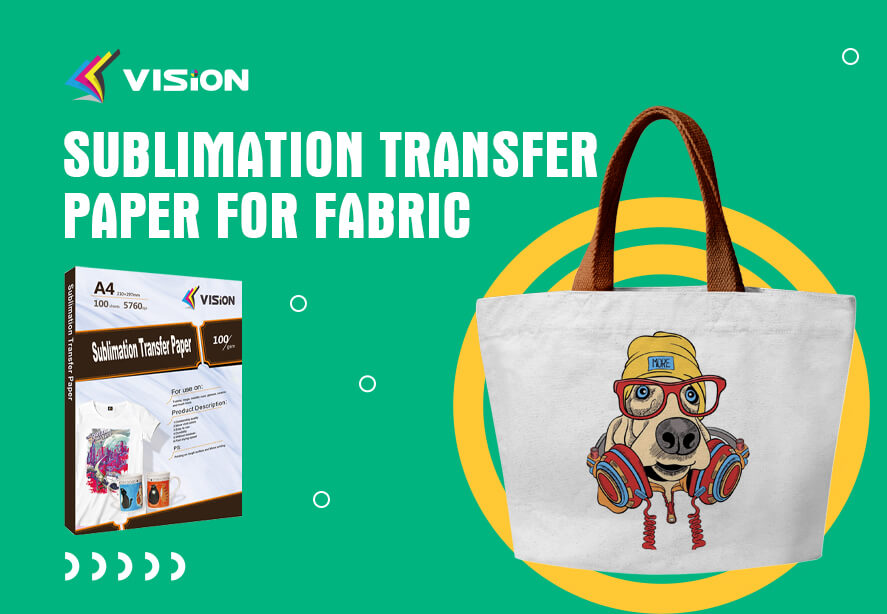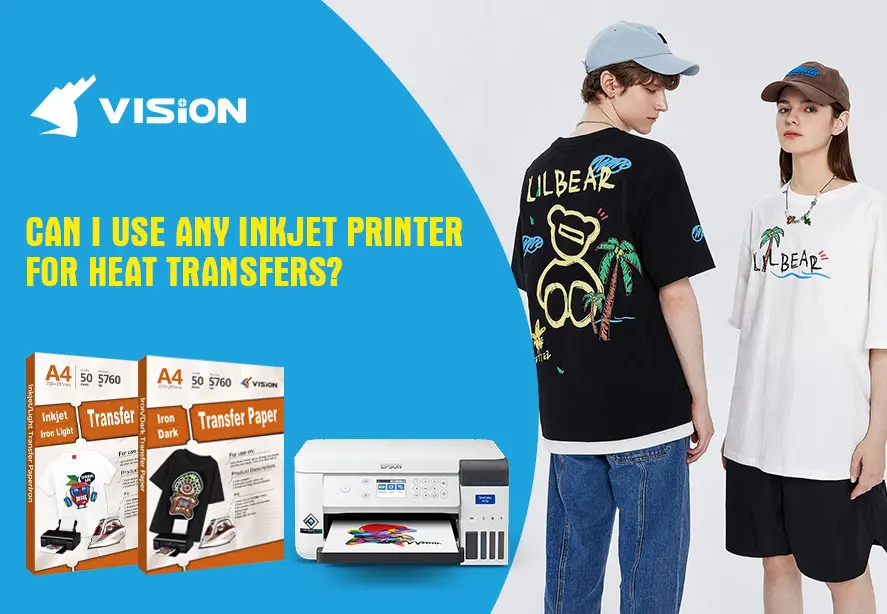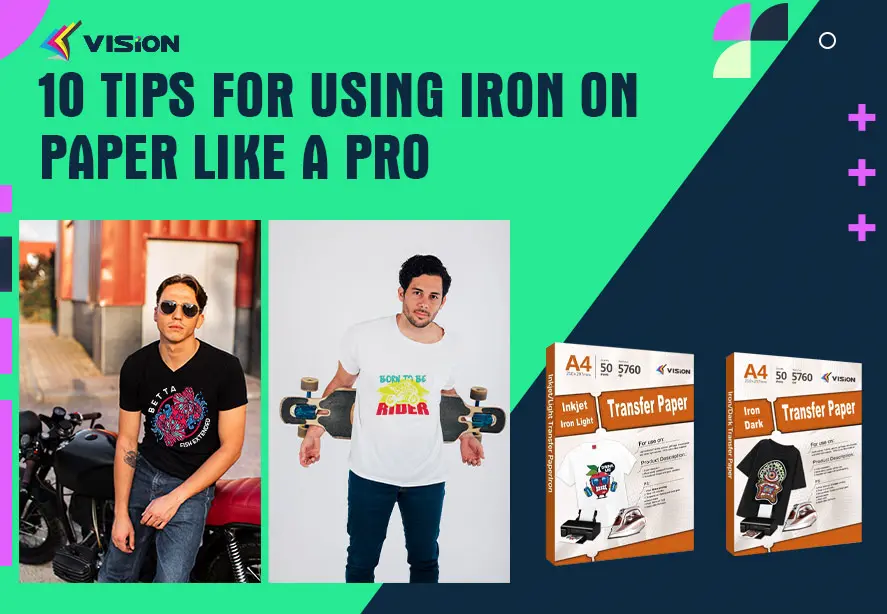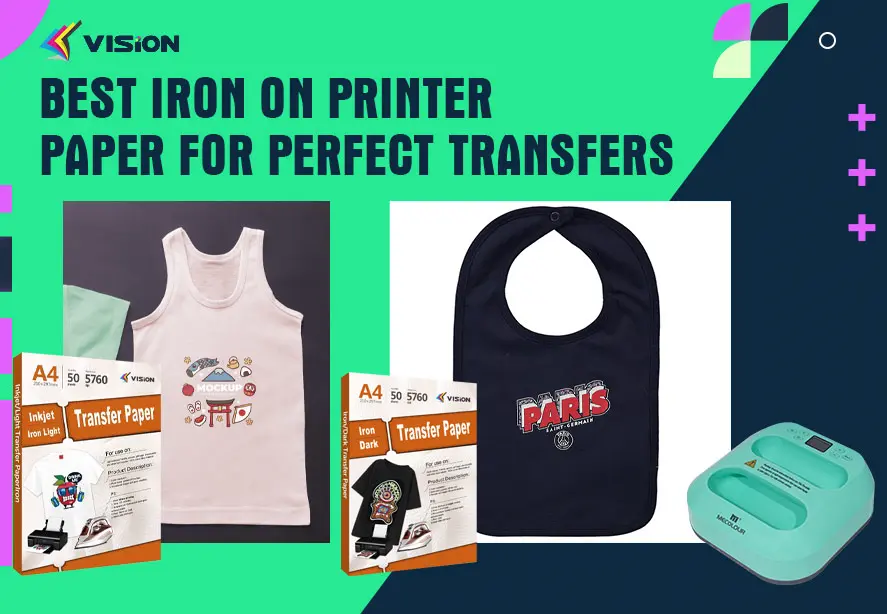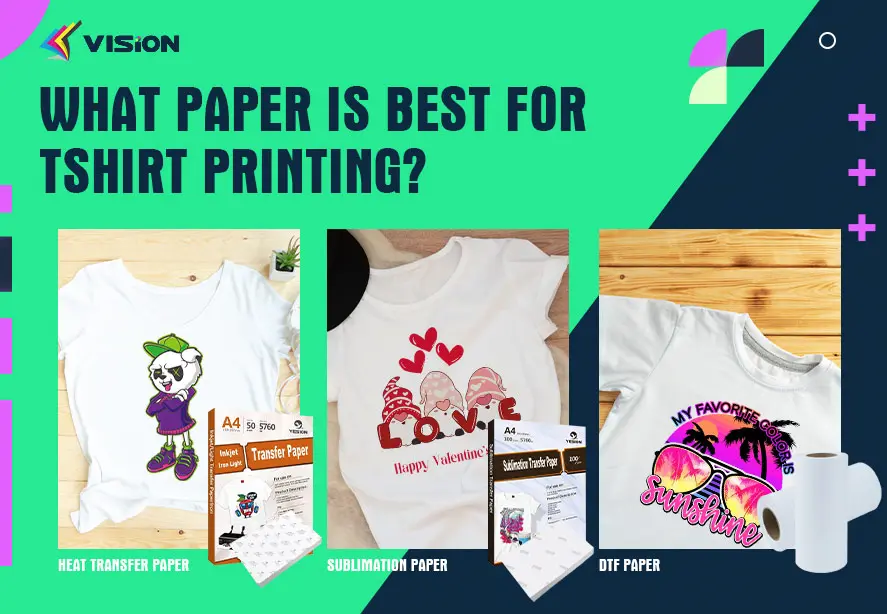What type of paper should I use for fabric transfer?
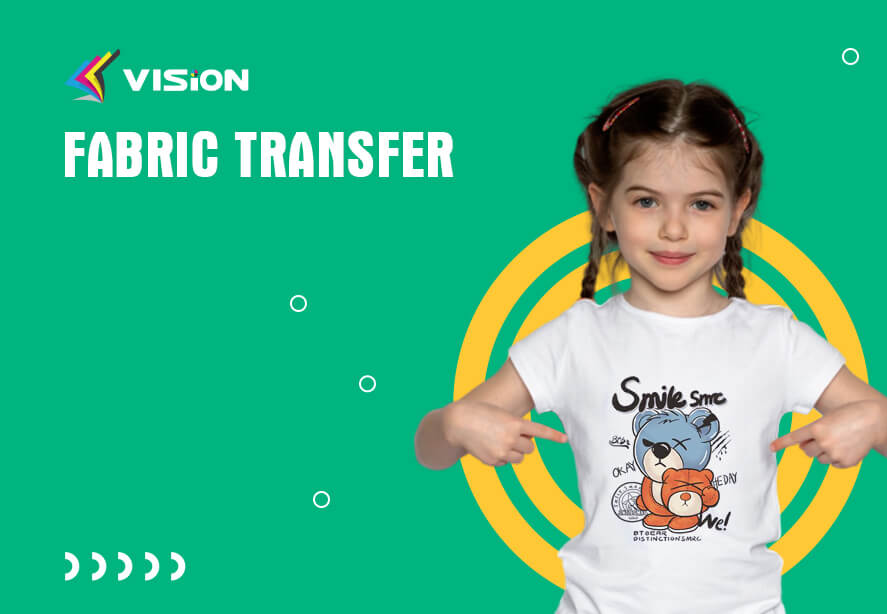
When it comes to transferring images or designs onto fabric, choosing the right type of transfer paper is crucial. With so many different types of fabric transfer paper available on the market, it can be difficult to know which one is the best fit for your specific project.
In this blog post, we’ll explore the different types of transfer paper available for fabric transfers and help you determine which one is the right choice for your project.
Inkjet Transfer Paper
Inkjet transfer paper is a popular choice for fabric transfers because it is affordable and widely available. As the name suggests, it is designed to be used with inkjet printers. Inkjet transfer paper is available in both light and dark varieties, with each type designed for use with fabrics of different colors. Light transfer paper is used for transferring images onto white or light-colored fabrics, while dark transfer paper is used for transferring images onto dark fabrics.
The transfer process for inkjet transfer paper involves printing the desired image or design onto the transfer paper using an inkjet printer. Once the image is printed, it is then transferred onto the fabric using heat and pressure, typically with a heat press or a household iron. If you are using an iron for heat pressing, we recommend that you purchase VISION iron-on transfer paper.
One of the benefits of using inkjet transfer paper is that it is relatively inexpensive and easy to use. It is also available in a range of sizes and quantities, making it a versatile option for a variety of different projects. However, the final result can vary depending on the quality of the printer and the ink used, and the transfer may not be as durable as some other types of transfer paper.
Related post:
How do you print T shirts at home with Iron On heat transfer paper?
The Best Iron-On Transfer Paper for Any Crafting Project
Laser Transfer Paper
Laser transfer paper is a type of transfer paper that is designed to be used with laser printers. It is available in both light and dark varieties, with each type designed for use with fabrics of different colors. Laser transfer paper is typically more expensive than inkjet transfer paper, but it offers better durability and a higher quality finish.
The transfer process for laser transfer paper is similar to that of inkjet transfer paper, with the image or design printed onto the transfer paper using a laser printer. The transfer is then applied to the fabric using heat and pressure, typically with a heat press or a household iron.
One of the benefits of using laser transfer paper is that it produces a high-quality, long-lasting transfer. The final result is typically more vibrant and durable than an inkjet transfer. However, laser transfer paper is more expensive than inkjet transfer paper and may not be as widely available.
Sublimation Transfer Paper
Sublimation transfer paper is a type of transfer paper that is used with a sublimation printer. It is designed to be used with polyester or other synthetic fabrics and produces a high-quality, long-lasting transfer. Sublimation transfer paper is not recommended for use with natural fibers like cotton or silk, as the transfer will not be as vibrant or long-lasting.
The transfer process for sublimation transfer paper involves printing the desired image or design onto the transfer paper using a sublimation printer. The transfer is then applied to the fabric using heat and pressure, typically with a heat press.
One of the benefits of using sublimation transfer paper is that it produces a vibrant, long-lasting transfer that will not crack or fade over time. The transfer is also breathable, meaning it will not affect the texture or feel of the fabric. However, sublimation transfer paper is only suitable for use with synthetic fabrics and may not be as widely available as other types of transfer paper.
Heat Transfer Vinyl
Heat transfer vinyl (HTV), is a type of textile vinyl that is used with a vinyl cutter and a heat press. It is typically used for transferring designs onto clothing, hats, bags, and other fabric items. Heat transfer vinyl is available in a variety of colors, finishes,and textures, allowing for a wide range of customization options.
The transfer process for heat transfer vinyl involves cutting the desired design or image out of the vinyl using a vinyl cutter. The vinyl is then transferred onto the fabric using a heat press. Heat transfer vinyl can be used on a variety of different fabrics, including cotton, polyester, and blends.
One of the benefits of using heat transfer vinyl is that it allows for a high degree of customization, as designs can be cut out of the vinyl using a vinyl cutter. Vinyl transfers are also very durable and can withstand repeated washing and wear. However, heat transfer vinyl is typically more expensive than other types of transfer paper and may not be suitable for intricate designs or images with a lot of detail.
Choosing the right type of transfer paper for your fabric transfer project can make a big difference in the final result. Inkjet transfer paper is an affordable and easy-to-use option for simple designs and projects, while laser transfer paper produces a high-quality, long-lasting transfer. Sublimation transfer paper is best suited for synthetic fabrics and produces a vibrant, long-lasting transfer. Heat transfer vinyl allows for a high degree of customization and produces durable transfers.
Consider the specific needs of your project, including the type of fabric you’ll be using and the level of customization you require, when choosing the right type of transfer paper. With the right transfer paper, you can achieve professional-quality fabric transfers that are sure to impress.
VISION is a China factory in producing digital printing consumables for Tshirt, If you have any product needs in the printing industry, we will provide you with one-stop service.



